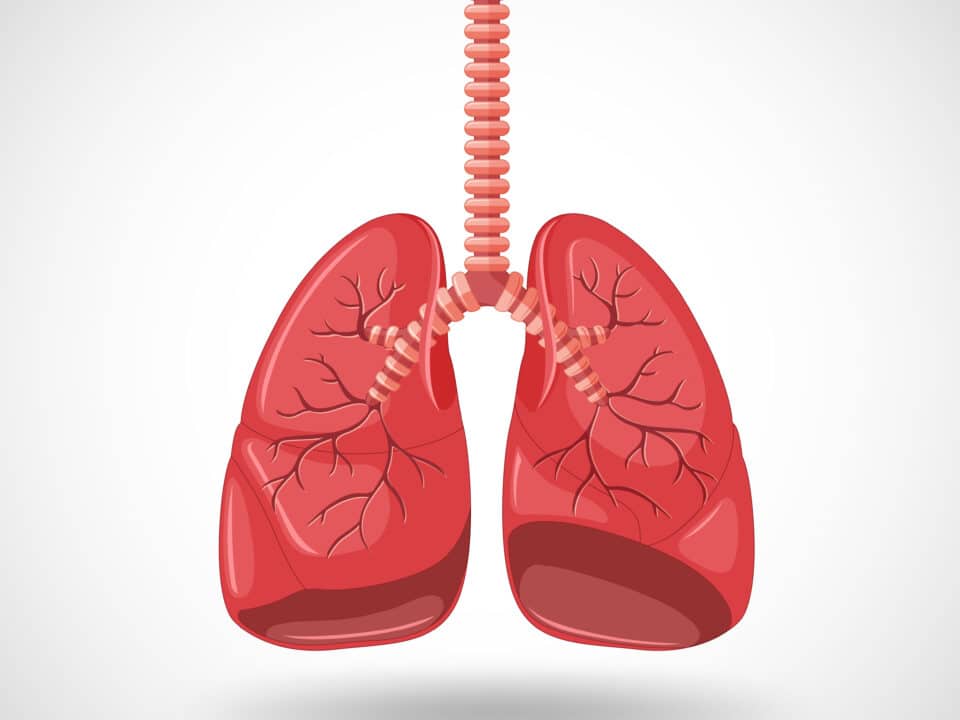- Immediate contact :
- +1-323-988-5889
- info@sifveinfinder.com
Applying Vein Finders with Von Willebrand Disease
April 13, 2022Using Vein Finders with Pulmonary Embolism
April 15, 2022Axillo-subclavian vein thrombosis occurs when a vein in the armpit (axilla) or at the front of the shoulder (subclavian vein) is pressured by the collarbone (clavicle), the first rib, or the surrounding muscle. It is classified as a kind of thoracic outlet syndrome.
When a vein is repeatedly pressed, it becomes irritated and fibrous tissue forms. This tissue causes the vein to constrict and limit blood flow, resulting in blood clot development. Axillo-subclavian vein thrombosis can cause arm soreness and weariness if left untreated.
The following are often recorded as Axillo-subclavian vein thrombosis symptoms:
- Sudden swelling.
- Bluish skin color.
- Heaviness and pain.
Advanced vein finding equipment should be used on all patients with suspected vein thrombosis. These devices can accurately locate a vein and detect venous reflux and obstruction. It’s worth mentioning, though, that not all vein-finding machines can do such a delicate job.
The usage of Portable Vein Detector SIFVEIN-5.2 would make it easier for the phlebotomist to detect the vein, reducing the risk of a pre-analytical error in the specimen collection and exacerbating the patient’s pain.
Further, Because of their weakening skin, blood drawing may be difficult for the elderly. Their skin becomes thinner, dryer, and more delicate. Furthermore, as the blood vessels become more sensitive, a venipuncture failure could easily result in the bursting of these tiny blood vessels. As a result, bruising, swelling, and even bleeding beneath the skin may develop, which vein thrombosis patients fear the most.
The Portable Vein Detector SIFVEIN-5.2 was created for these specific situations where identifying a vein is challenging or requires extra concentration and care. The SIFVEIN-5.2 allows veins to be seen clearly at a depth of 10 mm beneath the skin, regardless of the patient’s age, skin color, or obesity level.
The device also has a depth recognition mode that improves vein depth judgment, as well as three colors (red, green, and white) that can be switched at any time depending on the light in the room and the skin tone of the patient, making the vein more visible, easier to access, and increasing clinical accuracy.
As a consequence, any conceivable failure diagnosis, as well as the fear, stress, and misery experienced by vein thrombosis patients, are ruled out.
In conclusion, the FDA Portable Vein Finder SIFVEIN-5.2 has been shown to be effective during difficult IV operations for vein thrombosis. In a nutshell, it should be the first choice for physicians, nurses, and Phlebitis patients who seek a precise diagnosis, successful treatment, and a quick recovery.
Reference: Paget-Schroetter Syndrome
Disclaimer: Although the information we provide is used by different doctors and medical staff to perform their procedures and clinical applications, the information contained in this article is for consideration only. SIFVEINFINDER is not responsible neither for the misuse of the device nor for the wrong or random generalizability of the device in all clinical applications or procedures mentioned in our articles. Users must have the proper training and skills to perform the procedure with each vein finder device.
The products mentioned in this article are only for sale to medical staff (doctors, nurses, certified practitioners, etc.) or to private users assisted by or under the supervision of a medical professional.




